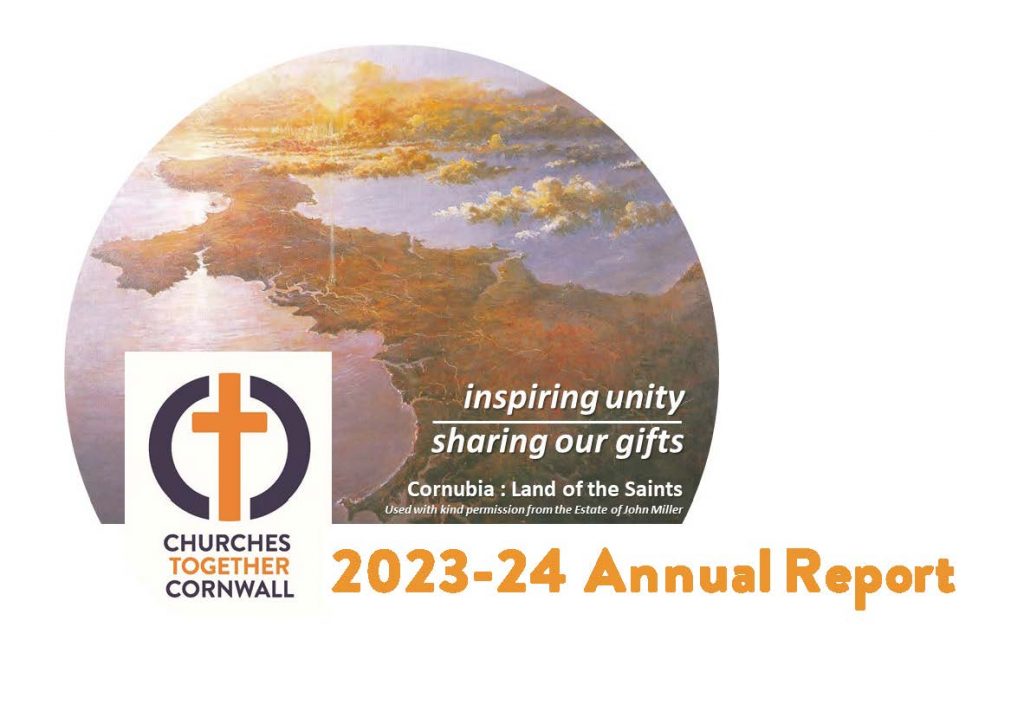Operation Noah report finds Church of England land contributes to the climate crisis, suggests ways to reduce and store emissions

20 September 2022: Operation Noah today released a report that makes recommendations on ways to reduce and store carbon emissions to one of the country’s largest landowners, the Church of England, which owns approximately 0.5% of the UK’s land. The report is also relevant to other UK Churches and Christian groups, estimated to own another 0.5% of the UK’s land.
The 16-page report – Church Land and the Climate Crisis: A Call to Action – concludes that land owned by the Church of England is currently contributing to the climate and biodiversity emergencies ‘in terms of greenhouse gas emissions and limiting biodiversity within monoculture tree plantations and non-regenerative agriculture.’
While the Church of England has adopted a 2030 Net Zero target, its landholdings are outside the scope of the target. Yet this report finds that agricultural land owned by the CofE is likely to create more greenhouse gas emissions than all CofE church buildings combined; however, it adds, ‘there is also scope for considerable improvement if rapid and radical action is taken.’
The report specifically recommends a programme of tree growing, peat restoration, and providing better support and strategies to those who farm Church-owned land in order to reduce agricultural emissions and store more carbon. The CofE’s landholdings include:
- 98,000 acres of rural and strategic land owned by the CofE’s Church Commissioners
- 70,000 acres owned by Church of England dioceses (known as ‘glebe land’)
- 31,000 acres in the Church Commissioners’ UK forestry investments
- Smaller areas of land owned by individual CofE churches
The report makes the point that ‘owning land brings responsibilities for the emissions related to its use, but also offers a potential way of contributing to the reduction of overall greenhouse gas emissions in the atmosphere. If landowners protect the natural carbon sinks on their land, or extend them, some land has the potential to produce net negative emissions.’ Woodlands, peatlands, grasslands and salt marshes are all carbon sinks if protected or restored.
One recommendation the report makes is to grow more trees as part of agroforestry projects (which involves growing suitable trees alongside crops) and within hedges and margins, providing shelter belts and wildlife habitats. Additionally, ‘if grassland and meadows are managed to leave root systems undisturbed, this allows carbon to be stored underground. This requires choosing less disruptive farming techniques and the use of cover crops, such as nitrogen fixing clover and vetch, to reduce soil runoff and the amount of fertiliser needed.’
The report says, ‘throughout history, people of faith have recognised the splendour of the natural world and what it reveals to us about the one who created it.’ From St Francis of Assisi, ‘who saw God reflected in nature’, to the Church of England, which ‘recognised care of creation as the Fifth Mark of Mission in 1990’, the Church must ‘demonstrate leadership in supporting a fair and fast transition away from investment in and use of fossil fuels, reducing emissions in all sectors of Church life and promoting sustainable choices and low-consumption lifestyles.’
The Intergovernmental Panel on Climate Change (IPCC) has said that for the world to limit global heating to 1.5°C above pre-industrial levels and avoid the worst impacts of the climate crisis, global greenhouse gas emissions must be nearly halved by 2030. This will involve a rapid reduction in fossil fuel emissions – the driving cause of global heating – but also increased nature-based solutions in order to remove carbon already present in the atmosphere.





